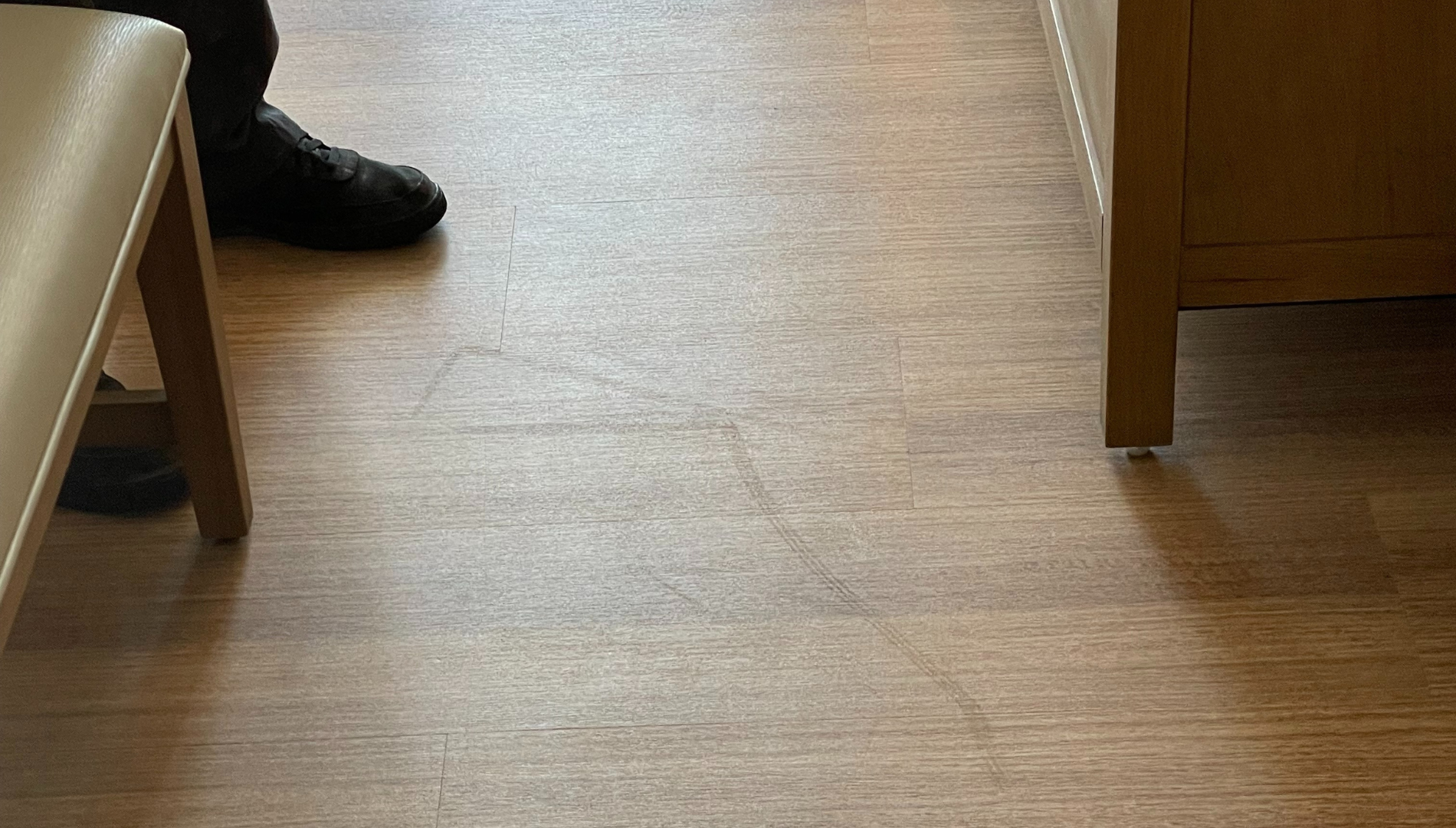Featured
scroll
How to Build a Programmed Maintenance Plan for LVT Flooring
Intro: Why a Program Beats a Patch Job
Luxury Vinyl Tile (LVT) is one of the most popular choices in commercial environments—but keeping it looking sharp takes a proactive LVT flooring maintenance approach, not just a mop and bucket. Facility managers who invest in a planned program protect their floors, reduce long-term costs, and keep spaces looking consistently polished and professional.
Let’s break down what a smart maintenance plan looks like—routine care, deep cleaning, and everything in between.
1. Understand the Life Cycle of LVT
Before building a maintenance plan, it’s essential to understand how LVT performs over time. This resilient flooring is known for its durability, but:
-
Foot traffic can dull its finish
-
Soils and stains can become embedded
-
Periodic restoration is needed to avoid early replacement
A smart plan accounts for both daily wear and long-term care.
2. Routine Cleaning as Part of Proactive LVT Flooring Maintenance
Routine cleaning is the foundation of any LVT maintenance program. Tasks should include:
-
Daily: Dry dust mopping to remove debris
-
2–3 times per week: Damp mopping with a neutral pH cleaner
-
Weekly or biweekly: Scrubbing with an auto-scrubber in high-traffic areas
Make sure your cleaning team uses LVT-safe products to avoid chemical damage.
For detailed manufacturer guidelines on properly caring for vinyl flooring, including LVT, be sure to check Shaw Floors’ official care and warranty recommendations here.

3. Schedule Periodic Deep Cleaning
Even with daily care, LVT will accumulate embedded soil that dulls the finish over time. Plan for:
-
Quarterly deep cleaning in lobbies, corridors, and cafeterias
-
Biannual or annual restorative services, especially in healthcare, retail, or education settings
A professional surface care provider can use advanced tools and finishes to restore your floor’s original luster.
4. Identify High-Risk Zones
Programmed maintenance isn’t one-size-fits-all. Your plan should vary by space usage. Consider:
-
Entryways and lobbies
-
Elevator banks and corridors
-
Cafeterias or break rooms
-
Restrooms and locker rooms
Assign more frequent maintenance to high-impact zones.
5. Track Performance and Adjust as Needed
Set benchmarks for what success looks like: shine levels, cleanliness, safety (slip resistance), and first impressions. Reassess your plan quarterly or biannually to adapt to foot traffic and environmental changes.
6. Partner with a Commercial Surface Care Expert
Hiring a professional surface care team that specializes in LVT helps you:
-
Save time and reduce in-house labor
-
Get access to advanced equipment and finishes
-
Extend the life of your flooring investment
-
Receive custom care plans backed by data and experience
Ready to Build Your Plan?
SOLID helps facility managers across industries create smarter, scalable maintenance strategies for all types of flooring—including high-performance LVT—by delivering expert proactive LVT flooring maintenance solutions tailored to your facility’s needs.